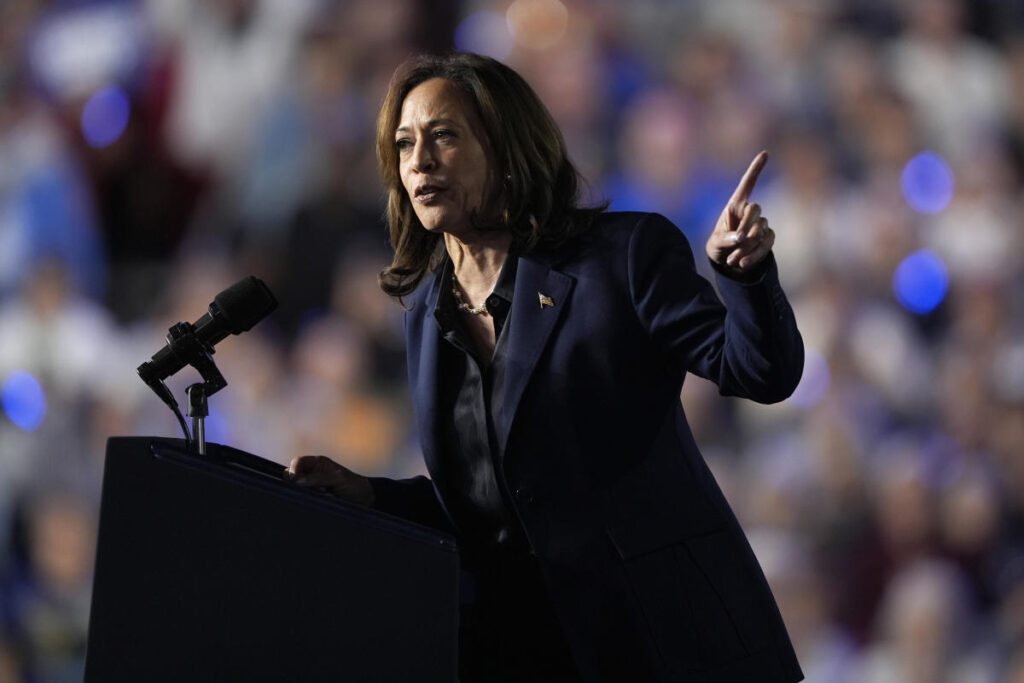Kamala Harris’s potential presidential victory in November could thrust her into office under precarious conditions, leading to concerns among her supporters about the implications of a possibly Republican-controlled Senate. If she succeeds in her bid while facing a GOP majority in the Senate, Harris would be the first president since George H.W. Bush to begin her administration without a supportive upper chamber. The prospect of such a scenario has prompted heightened strategizing among Democratic allies and aides, preparing for the consequences of Republican opposition on Harris’s capability to enact her agenda. As the election looms, discussions on how to establish her Cabinet amidst anticipated Senate blockade have intensified, including unconventional ideas like retaining current Biden officials or appointing acting secretaries.
The challenge of a divided government poses serious risks to Harris’s aspirations, particularly in terms of limited personnel choices, a constricted policy agenda, and diminished influence on judicial vacancies. With potential bipartisan working relationships with Senate Republicans appearing distant, Harris may find her early presidency bogged down by attempts at compromise, frustrating her ability to swiftly push forward her priorities. Former Republican Senator Chuck Hagel’s endorsements highlight the underlying skepticism regarding the willingness of a majority of Republicans to cooperate with a President Harris, suggesting that her early days might not be characterized by collaborative governance.
Transition preparations for Harris are notably delayed due to her late entry into the race. In contrast to previous administrations where transition work began months in advance, Harris’s team is now prioritizing strategic planning to navigate the challenges posed by a potentially adversarial Senate. The necessity for a clear agenda and cohesive strategy without succumbing to internal clashes among Democrats underscores the challenging landscape Harris might face. This moderation in approach is expected, reflecting the realities of governance in a likely divided Congress while still preserving avenues for progress on key issues like health care, taxation, and housing.
Despite the prevailing uncertainty, Harris’s campaign remains proactive in efforts to bolster Democratic representation in the Senate through significant funding and campaign support for down-ballot races. If her administration aims to be effective in its early days, achieving a Democratic majority is paramount. The historical precedent for a president entering without Senate allies is scarce, complicating Harris’s prospects. Strategizing now is critical to ensure any newly proposed policies can gain traction without overwhelming opposition from Republicans who may be primed to resist her legislative ambitions.
As discussions about limiting ambitious policy goals ensue within Harris’s camp, there’s a growing consensus that a focus on achievable reforms is prudent, such as extending the Child Tax Credit and enhancing healthcare provisions. The reality of navigating a split Congress highlights the need for moderation and the incorporation of elements that might attract bipartisan support. Proposals leveraging incentive structures for housing development may provide common ground, emphasizing the necessity to engage in fruitful outreach efforts with a few moderate Republican senators.
Looking ahead, Harris and her allies are hopeful that post-election dynamics within the Republican Party could lead to a fracturing that might allow for more centrist collaboration. The relationships she nurtures during her tenure could be instrumental in overcoming partisan divides and finding ways to advance her agenda. Nonetheless, navigating alliances, especially with Republican leaders, will be crucial. The potential for progress hinges not only on Harris’s strategies but also on the evolving political climate and the willingness of opposition members to pursue cooperative governance for the benefit of constituents.

